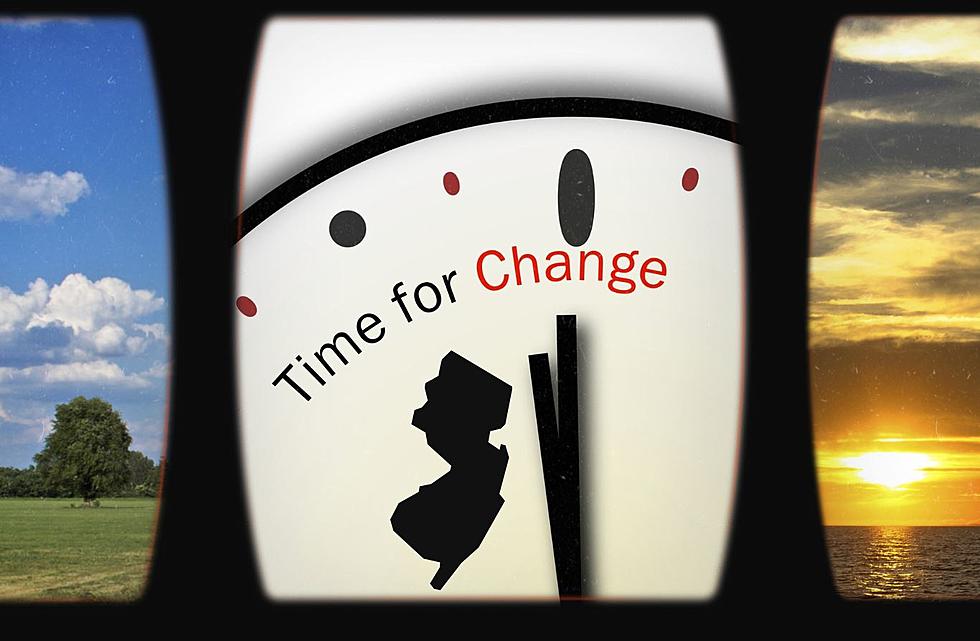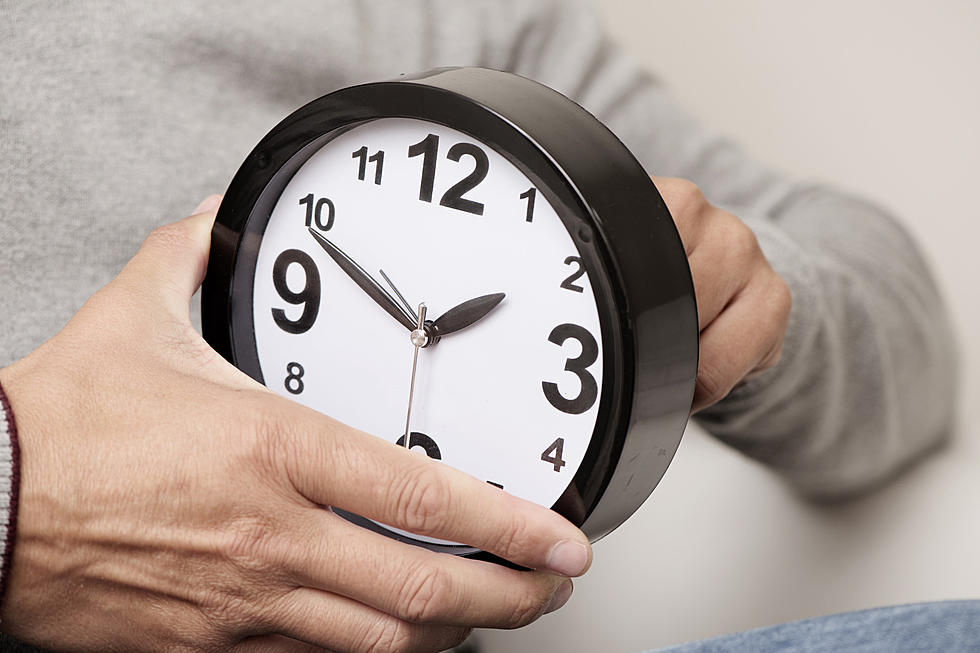
‘Let’s finally do away with Standard Time’
I hate changing the clocks forward and back every year.
Sure the iPhone and cable box resets itself, but how about the several large face clocks hanging in my house? They have to be taken off the wall, reset manually and then carefully placed back without scratching the wall paint. And for what? Supposedly saving energy? Great daylight in the evening? It’s time to throw off the shackles of a centuries old idea and stick with one time throughout the year.
The idea of Daylight Savings is attributed to Ben Franklin from an essay he wrote in 1784 as he observed whale oil lamps lighting the streets across Paris. The idea became a serious consideration in the early 1900s and was implemented in The United States during the World War I. Then it came back during World War II, again as a practical idea of reducing the demand for valuable fuel as the nation endured the conflict. The basic framework of standardizing the practice of changing the clocks in a uniform way across the US was provided by the Uniform Time Act of 1966. Here’s quote from a website dedicated to Standard Time:
"The Uniform Time Act of 1966 provided the basic framework for alternating between daylight saving time and standard time, which we now observe in the United States. But Congress can’t seem to resist tinkering with it. For example, in 1973 daylight saving time was observed all year, instead of just the spring and summer. The system of beginning DST at 2 AM on the first Sunday in April and ending it at 2 AM on the last Sunday in October was not standardized until 1986. The rules changed again in 2007. DST now begins on the second Sunday of March and ends the first Sunday in November."
The original arguments for Daylight Savings Time are based on energy savings. Although there are now several studies that show it actually is having the opposite effect. One reason is that in the summer months air conditioning is running on lower settings longer into the evening.
In 2006 Indiana instituted daylight saving statewide for the first time. (Before then, daylight time confusingly was in effect in just a handful of Indiana’s counties.) Examining electricity usage and billing since the statewide change, Kotchen and his colleague Laura Grant unexpectedly found that daylight time led to a 1 percent overall rise in residential electricity use, costing the state an extra $9 million. Although daylight time reduces demand for household lighting, the researchers suggest that it increased demand for cooling on summer evenings and heating in early spring and late fall mornings. They hope to publish their conclusions this year in the Quarterly Journal of Economics.
In my research of this very important subject that is forced on the American people twice a year, It turns out that the time changes are also detrimental to dairy cows. Who knew? What jumped out at me is that it isn’t the time forward or back that upsets the cows…and the people…it’s the very act of changing.
Traditional dairy farmers often protest that changing the clocks one hour twice a year makes milking cows and getting the milk collected in time a challenge. In more modern dairy farms, the cows are milked at will by robots and this argument becomes void. However, farmers in developing countries are still an active part of the debate.
There’s a bill working through the Texas legislature that would end Daylight Savings Time in that state. The challenge with the bill is that I think it’s a heavy lift to convince people to give up those late summer nights when it doesn’t get dark until 9pm.
Although according to polls taken a few years ago, fewer and fewer Americans see the purpose of Daylight Savings.
Here’s what I think. There are many benefits to the idea of having longer daylight in the summer. There’s also a valid concern about darkness as the kids are off to the bus stop in the morning.
What’s missing from the conversation is the dangers of the clock change with increased traffic accidents and believe it or not, an increase in heart attacks from the ‘spring forward’. How about the students who have to walk or bike home from after school activities in the winter months? It’s dark and I’d argue far more dangerous with the prospect of ice and drivers coming home from a long day. As someone who commuted on Jersey roads for decades driving hours each day, I can tell you the hardest part was always driving home in the dark in the winter months. Why not have an extra hour of daylight in the winter?
What if we were able to take advantage of the extra daylight benefits without the perils of the change? What if we just stayed ahead? There are so many benefits to the actual time spent with the additional hour of daylight, from safety to tourism…
There are many positives to the extra hour of daylight, especially in everyday life:
- Studies link DST to reduced road injuries. A joint Transport Research Laboratory and University College of London study predicted that fewer people would be killed and injured in road accidents if one hour of daylight was transferred from the morning to the afternoon.
- The tourist industry welcomes DST, claiming that the extra hour of sunlight makes people stay out later, thus spending more money on activities like festivals, shopping and concerts. The Belfast Telegraph reports that the extra evening light gives Northern Ireland at least £6.34 million a year in extra cash from tourists.
- In Australia, the New South Wales state government announced that an extra four weeks of DST would boost retail and tourism. According to the Courier Mail, Queensland’s lack of Daylight Saving is costing the economy an estimated $4 billion a year in lost business.
Let’s capitalize on the many benefits from the added daylight and never return to standard time again. Already standard time is relegated to only a few months from November to early March. Why not eliminate it altogether? What is clear from our history when President Nixon implemented Daylight Savings problem is not with the hour of daylight, but the change that gets it to us. Everything from waste government money to health risks and traffic accidents all point to the peril of the change…not the time.
We’ve already been through the change. How many more traffic fatalities, heart attacks, late arrivals and idling Amtrak trains must we endure before we decide to just keep the hour and never fall back again?
Stop the madness of the twice yearly clock change. Eight months out of the year we are living with a longer day only to give it back every November. The Texas legislation is blaming the extra hour instead of what is conclusive evidence pointing out that it’s the change that is damaging. I don’t recall anyone – even the folks that support Standard Time telling us that it’s terrific that every winter it gets dark close to 4 pm. More daylight in the winter, long bright summer evenings and no more changes.
C’mon! It’s time to #BanStandardTime
More from New Jersey 101.5:
More From New Jersey 101.5 FM









